Diet Friendly Foods – Think Twice
No matter which diet fads are currently enjoying the limelight, the basic weight-loss equation comes down to eating fewer calories. Also while exercising more. Neither of these is necessarily easy to achieve. Many slimmers are tempted by diet friendly foods which claim to make eating less a more straightforward task. Unfortunately, things aren’t always as they seem. Some foods mightn’t help you anywhere near as much as the marketing suggests.
Low Fat or Reduced Fat Foods
 Less fat in a portion of food has to be better for your diet, right? While you can’t deny this logic, the elephant in the room is that the terms “low fat” or “reduced fat” don’t tell you anything about how much fat a product contains. All these labels mean is that a product contains less fat than a typical regular version of the same foodstuff. But they may still contain unhealthy amounts. For example, a slice of regular provolone cheese contains around 7 g of fat, while a reduced-fat slice contains around 5 g. That may be a useful reduction, but it in no way makes reduced-fat cheese a consequence-free food for dieters.
Less fat in a portion of food has to be better for your diet, right? While you can’t deny this logic, the elephant in the room is that the terms “low fat” or “reduced fat” don’t tell you anything about how much fat a product contains. All these labels mean is that a product contains less fat than a typical regular version of the same foodstuff. But they may still contain unhealthy amounts. For example, a slice of regular provolone cheese contains around 7 g of fat, while a reduced-fat slice contains around 5 g. That may be a useful reduction, but it in no way makes reduced-fat cheese a consequence-free food for dieters.
A second major problem with these diet friendly foods is that when food manufacturers take away the fat, that often means the flavor suffers too. Many low-fat products compensate with boosted levels of sugar, salt, and chemical additives. This is to make the result more palatable, which is rarely good news for weight control or overall health.
Fruit Juices
It seems evident that a pure fruit juice must be better for your diet than a sugar-laden soda, right? In reality, the difference in calories can be minor. A glass of orange juice can contain the equivalent of three to five medium oranges. That’s a significant amount of sugar to consume in a single drink. Worse, the calories in pressed fruit juices are converted into energy far more efficiently than when eating the whole fruit. This means you have less time to burn the calories off before they turn to fat. Fruit juice may be healthy, but don’t overlook the calorific consequences of drinking it. Once again, we may think juices are fit friendly foods but in reality are not.
Olive Oil
Often lauded as a major part of the famously healthy Mediterranean diet, olive oil is certainly one of the more beneficial oils you can consume. Its high levels of omega-3 acids have many proven benefits, from healthier joints to sharper mental functioning. However, there’s no getting away from the fact that like any oil it’s packed full of calories, and it’s not a cost-free addition your slimmer’s salad lunch. Not what i would consider a Diet Friendly Foods
Convenience Diet Foods
Ready-made diet-friendly foods may be convenient to heat up after a long day at work for us, but all too often they achieve their low-calorie counts by serving small portions which leave you unsatisfied. They also tend to be high in salt and sugar to improve their taste. By all means, use a frozen diet lasagna as a quick meal in preference to a cheese-laden pizza, but it’s best to try where possible to eat freshly cooked foods which use naturally low-fat ingredients.
Ready-Made Salads
Just like many other forms of diet-friendly food, pre-made salads can be deceptive. The unseen enemy here is often the dressing – it may be low in oil, but it’s often high in salt, sugar, and additives to provide taste and texture. You’ll usually get better, healthier results by putting together your salads with a simple dressing of high-quality vinegar, salt, and pepper.
High-Fiber Snack Bars
Dealing with hunger pangs and snacking urges is one of the hardest parts of dieting. Weight Loss Ads often tout high-fiber snack bars as a healthy alternative to candy, which is fine as far as it goes, but be aware that these bars are often made from high-calorie nuts bound together with high-glucose honey. As with most diet foods, moderation is key, and you should view them as a treat rather than a staple.
Frozen Yogurt
We often consider frozen yogurt a lower-calorie version of ice cream. While it’s lower in fat than luxury ice, it’s not always the guilt-free option it’s made out to be. A typical plain frozen yogurt can still contain a whopping 6g of fat per cup. Also this can rise quickly depending on toppings or flavorings. It’s better to eat a small amount of ice cream that you love and appreciate from time to time, rather than feeling larger quantities of lower-quality replacements are a safe and sensible choice.
The entire subject of losing weight is a jumble of competing ideas and conflicting advice, but one truth is constant: losing weight isn’t easy. If anyone promotes a particular product as a natural choice for dieters, it’s best to take a long, hard look and decide if this is true. If that food is a false friend, you should exercise extreme caution. Ask yourself, is the Frozen Yogurt really a part of Diet Friendly foods for us?
Check out some great information that can set you up for weight loss success.

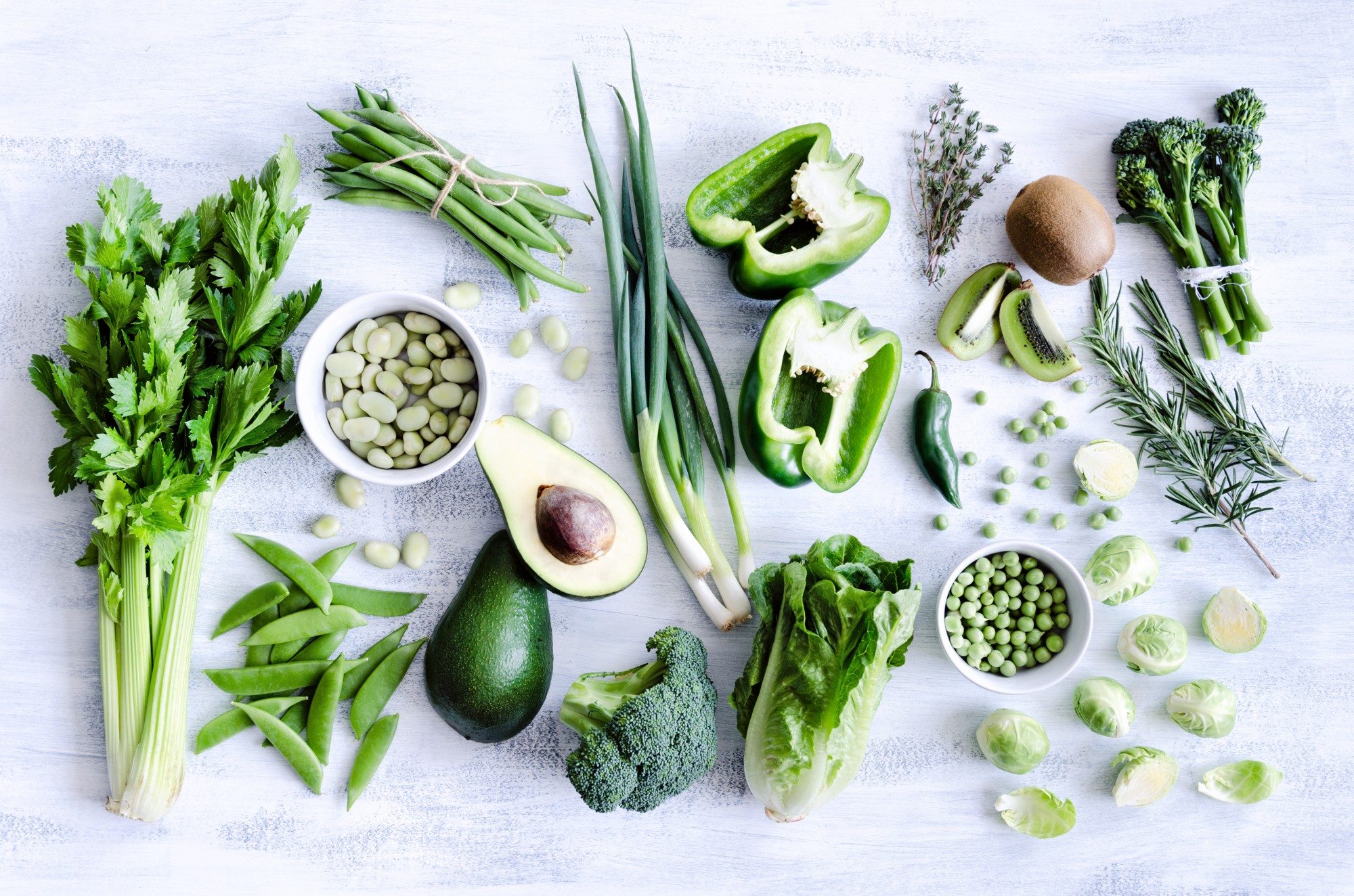








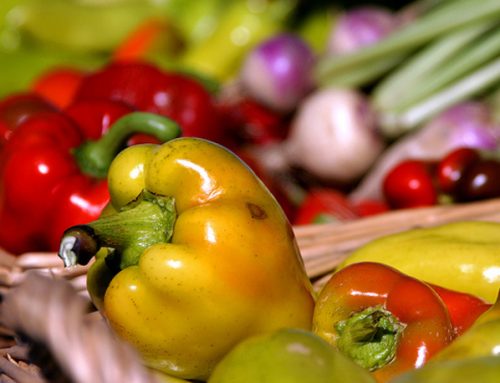






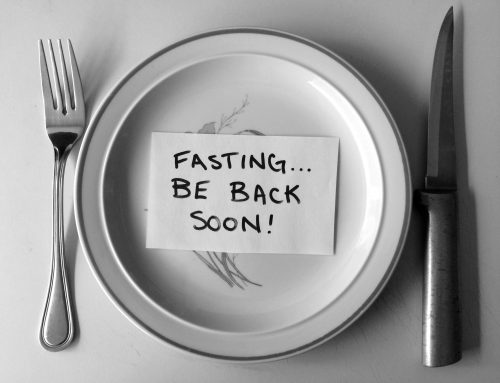
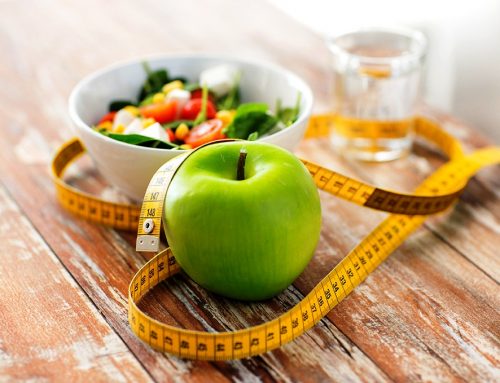

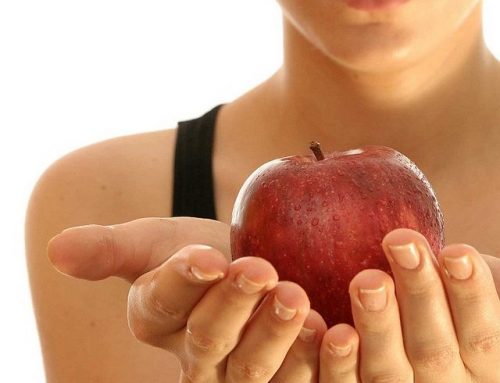



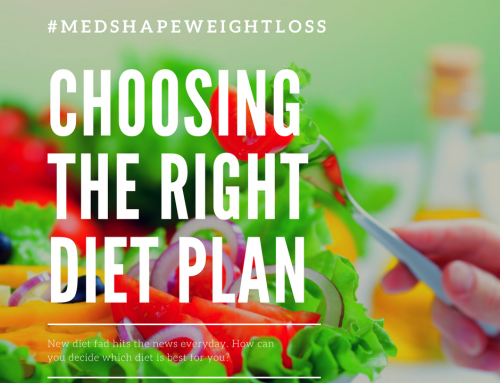
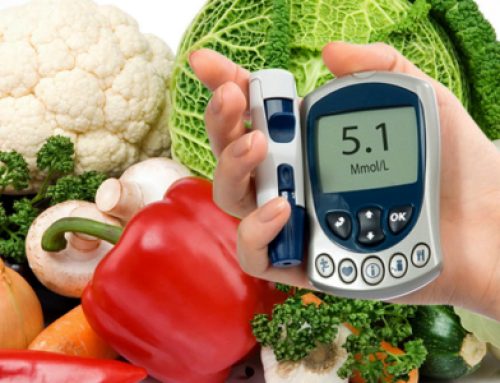
Leave A Comment